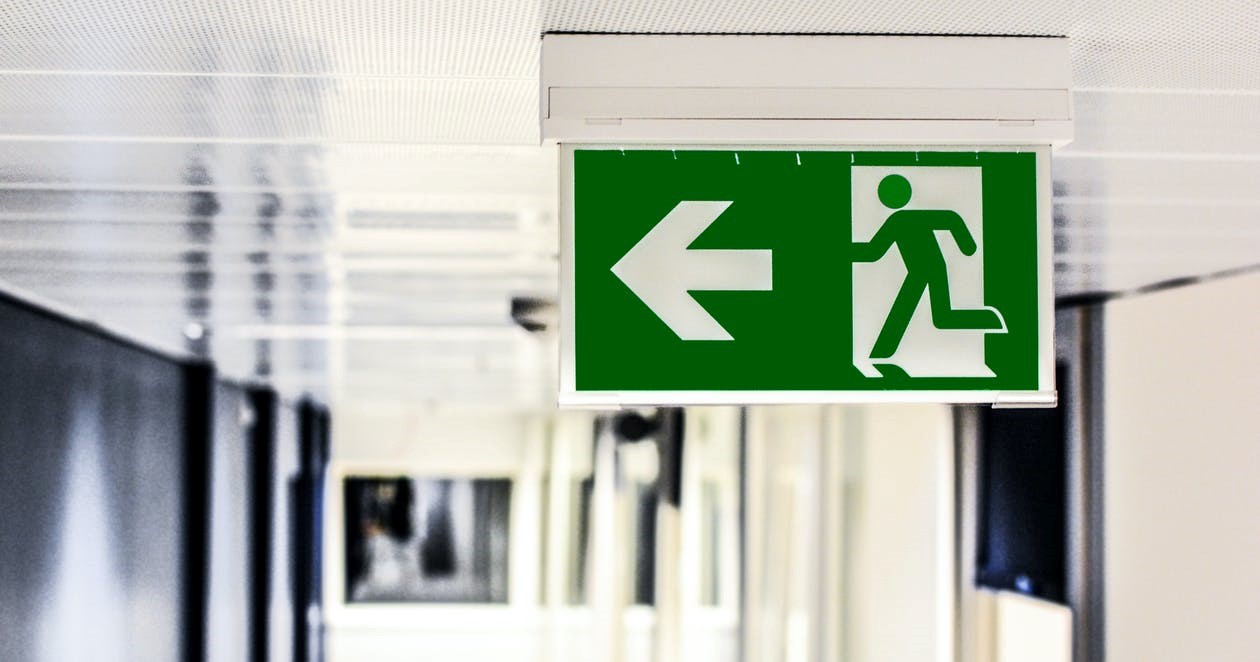
People who live or work in high-rise residential or commercial buildings face very specific disaster-preparedness challenges. Emergencies such as fires, bomb scares, active shooters, weather-related incidents, and earthquakes present certain dangers for such buildings as dormitories, apartment homes, condominiums and office complexes. The best defense is a coordinated emergency-response plan that identifies potential risks and outlines the best response. With limited access to egress, if you’re in a high-rise when disaster strikes, you might need to stay in the building until the emergency passes. Or, if evacuation is necessary, you would need to quickly find the exit.
The good news is that high-rise building requirements include more working sprinklers and fire alarm equipment than non-high-rise facilities. If your building owner or manager subscribes to the Allied Universal Fire Life Safety Training System, first responders will have access to building-specific instructions, which will help in emergency situations. To help make sure you are prepared, we have assembled some tips to keep you safe.
High-Rise Disaster Safety Tips
In All Situations
- Familiarize yourself with the safety features of your facility (fire alarms, sprinklers, voice communication procedures, evacuation plans and alarm response).
- Make sure exit and stairwell doors are clearly marked, remain unlocked and are free from debris and clutter which could obstruct the walkway.
- If an official makes an announcement, listen carefully and follow directions.
- If you are told to evacuate, go outside and gather at the pre-arranged meeting place.
- Stay put until an official instructs you it is safe to return to the building.
Fire Safety Tips
- Well in advance of an emergency, find the locations of all available exit stairs from your floor in case the nearest one is blocked by fire or smoke.
- Pull the alarm on your way out, don’t assume someone else will do this.
- Instead of taking the elevator, use the stairs in a fire, unless otherwise instructed.
- If someone is trapped in the building, notify the fire department.
- If you are unable to evacuate your apartment or high-rise workplace in a fire due to flames, smoke or a disability, stuff wet towels or sheets around the door and vents to keep smoke out. Call the fire department to alert officials to your location.
Shelter in Place
In some emergency scenarios, you may need to stay put instead of evacuating.
- If you are in a high-rise building during a flood or storm surge, stay on floors located just above flood waters.
- In case of a hurricane or other situations which could produce strong winds, stay in hallways or interior rooms.
- If an earthquake occurs while you are in a high-rise building, stay put and take Cover. The Great ShakeOut teaches participants to drop, cover and hold on. This is great advice during an earthquake, in any size building.
- If you are in a high-rise building when an active shooter incident occurs—depending on the circumstances—run, hide or fight. When it is safe to do so, call 911 and describe the incident, your location, and any other helpful information.
Our team offers a variety or resources, countless years of experience, and we are here to help.
If you are looking for any resources or have questions in regards to our services, please contact us. We look forward to hearing from you.
Learn more about our Fire and Life Safety program
About the Author
Kimber Westmore is the Senior Client Safety Manager of Allied Universal’s Fire Life Safety Training Division.























